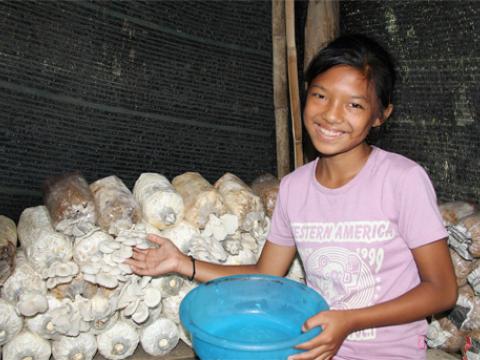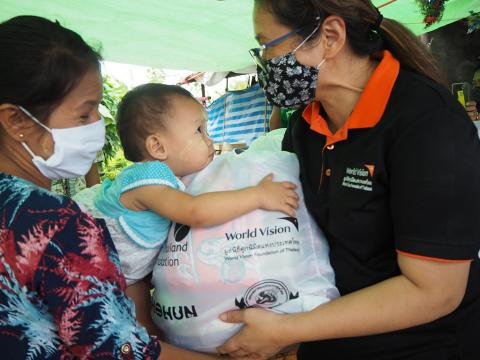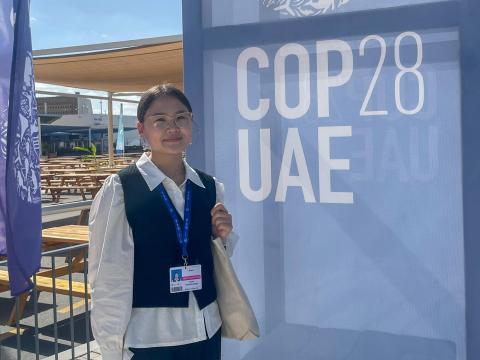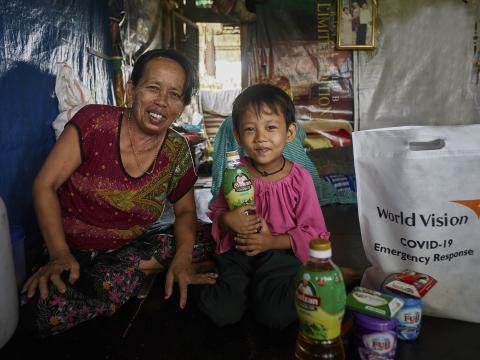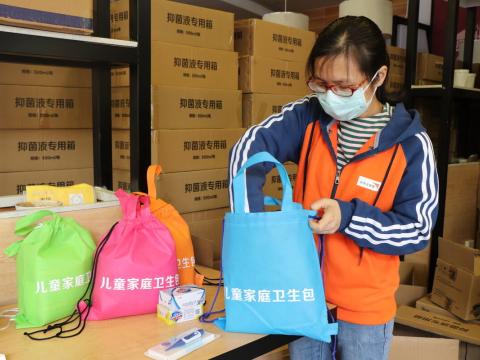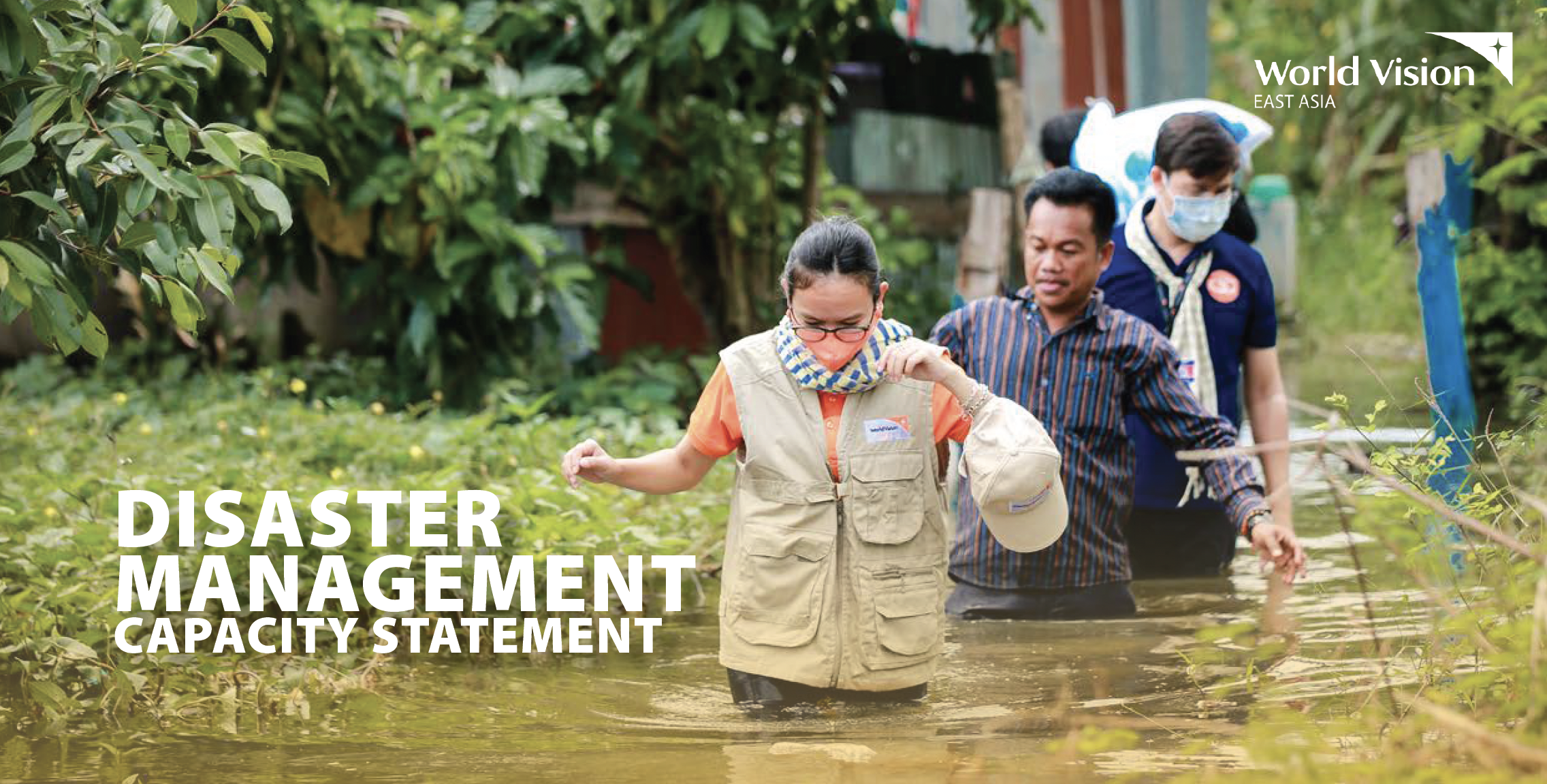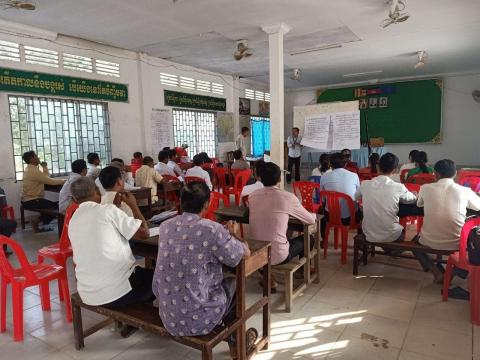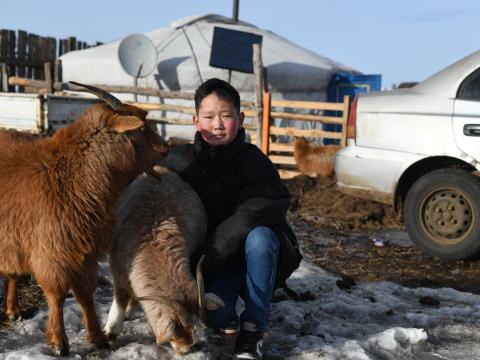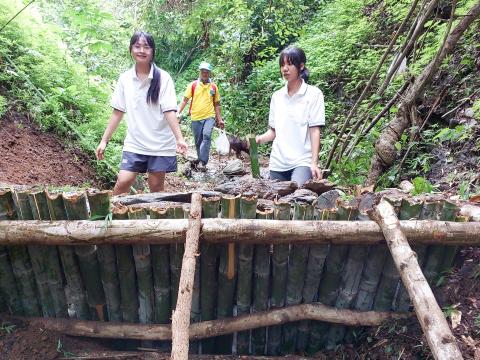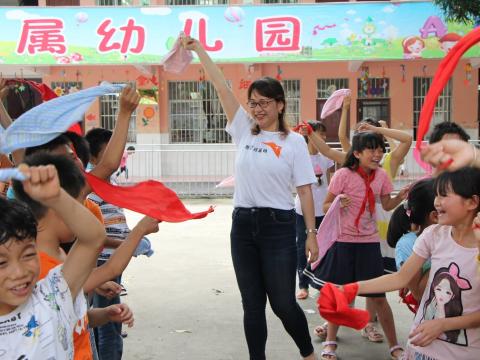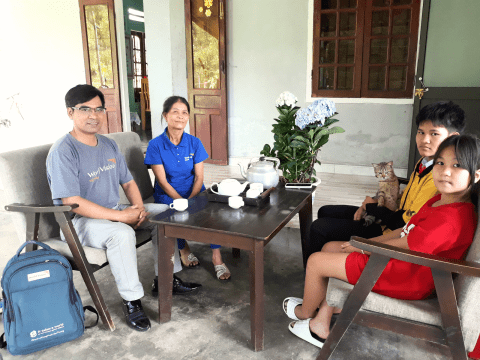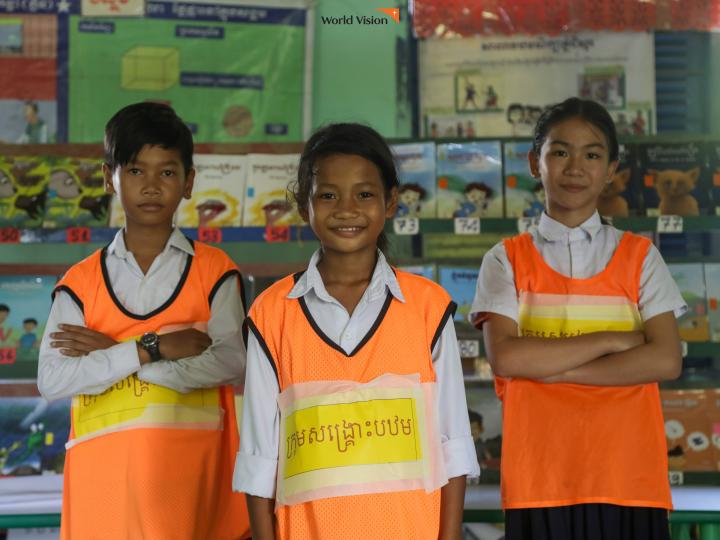Every child is protected from disasters
Helping children and their families survive natural and man-made disasters
Increased frequency and intensity of disasters caused by climate change threaten to set back the progress of development work and put children at greater risk of food insecurity and compounded vulnerabilities. When climate change devastates that environment on which human beings rely for life, health, and security, no one pays a higher price than those who’ve done the least to cause this global problem – vulnerable children.
As an organisation working in countries and communities severely affected by environmental degradation and climate change, World Vision recognises the link between disaster management, climate change adaptation, and sustainable development. We work with children, their families and communities to restore and protect the environment, catalysing community-led and child-led solutions to build healthier environments. This is essential to secure safety and livelihoods for the vulnerable – those susceptible to exacerbated inequalities based on age, gender, class, ethnicity, ability, and land rights.
SDGs supported:

Key statistics
Climate change is already threatening the development progress around the world and will continue to do so in the coming years.
Our impact in East Asia
We are committed to protecting the vulnerable from food insecurity, physical injury, diseases, disruption of education, separation from families, trafficking and exploitation.
Our approach to disaster management and emergency relief
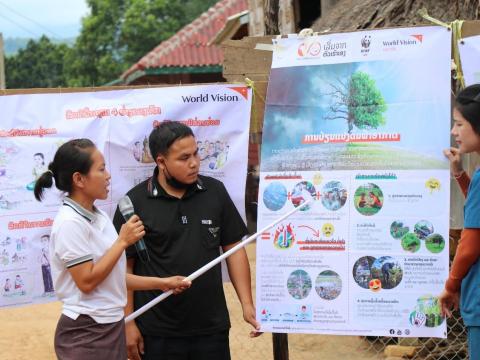
Community-Based Disaster Risk Reduction
World Vision works with communities and local partners to develop and implement disaster preparedness plans at the grassroots level. We seek to strengthen communities' and households’ resilience to sustain child well-being by raising their awareness of disaster risks, enhancing local communities’ readiness to cope with disasters and shocks, and establishing active and strong networks that can mobilise the resources needed to respond to humanitarian needs in the disaster-affected areas.
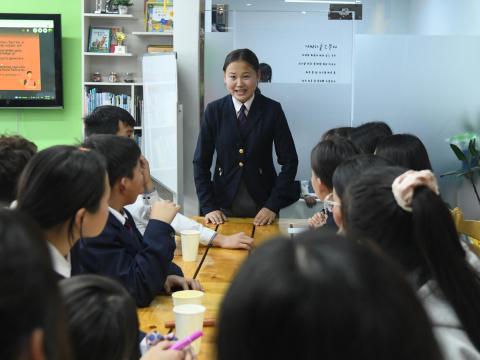
Comprehensive School Safety Framework
To make schools safe from disasters, we work with local partners to adopt and implement the Comprehensive School Safety Framework to protect learners and education workers, ensure uninterrupted safe learning environments for children, and safeguard education sector investment. At the same time, students are empowered with specific knowledge and life skills that enable them to prepare for, respond, and adapt to the impacts of shocks and stresses, as well as contribute to innovations in community-led disaster management.
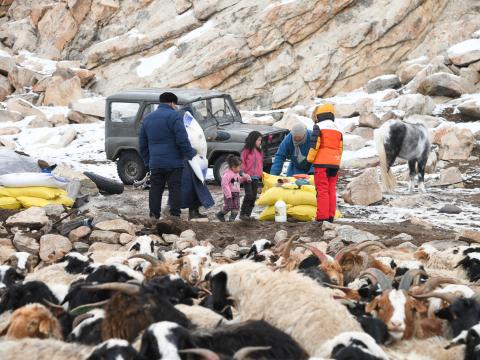
Anticipatory Action
We work closely with local disaster management authorities to establish anticipatory action protocols for selected, disaster-exposed areas to enhance the level of readiness, preparedness, and pre-disaster action capacity at the community level. As a result, risks associated with high-impact natural- or human-made disasters are reduced while communities' capacity to respond and recover is increased so that exposed populations are not negatively impacted.
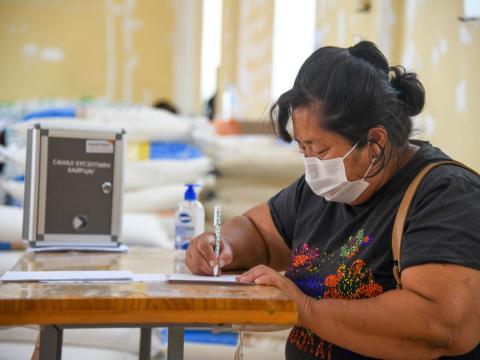
Cash Voucher Programming
Through cash voucher programming, we maximise financial and digital inclusion, economic resilience and child-sensitive social protection in conflict, climate and cost-of-living crises. Cash or vouchers are provided directly to individuals, households or communities to meet their basic needs that are critical to their immediate survival and help them recover per their unique priorities and choices. This approach also contributes to connecting beneficiaries as consumers with local suppliers and service providers, thus building the local economy where supply is adequate and accessible to the most vulnerable community members.
Stories of hope
The true indicator of our success comes directly from the children and the communities. These stories only come to life because of your generosity and support which enable us to bring positive change in the lives of the most vulnerable children across East Asia.
